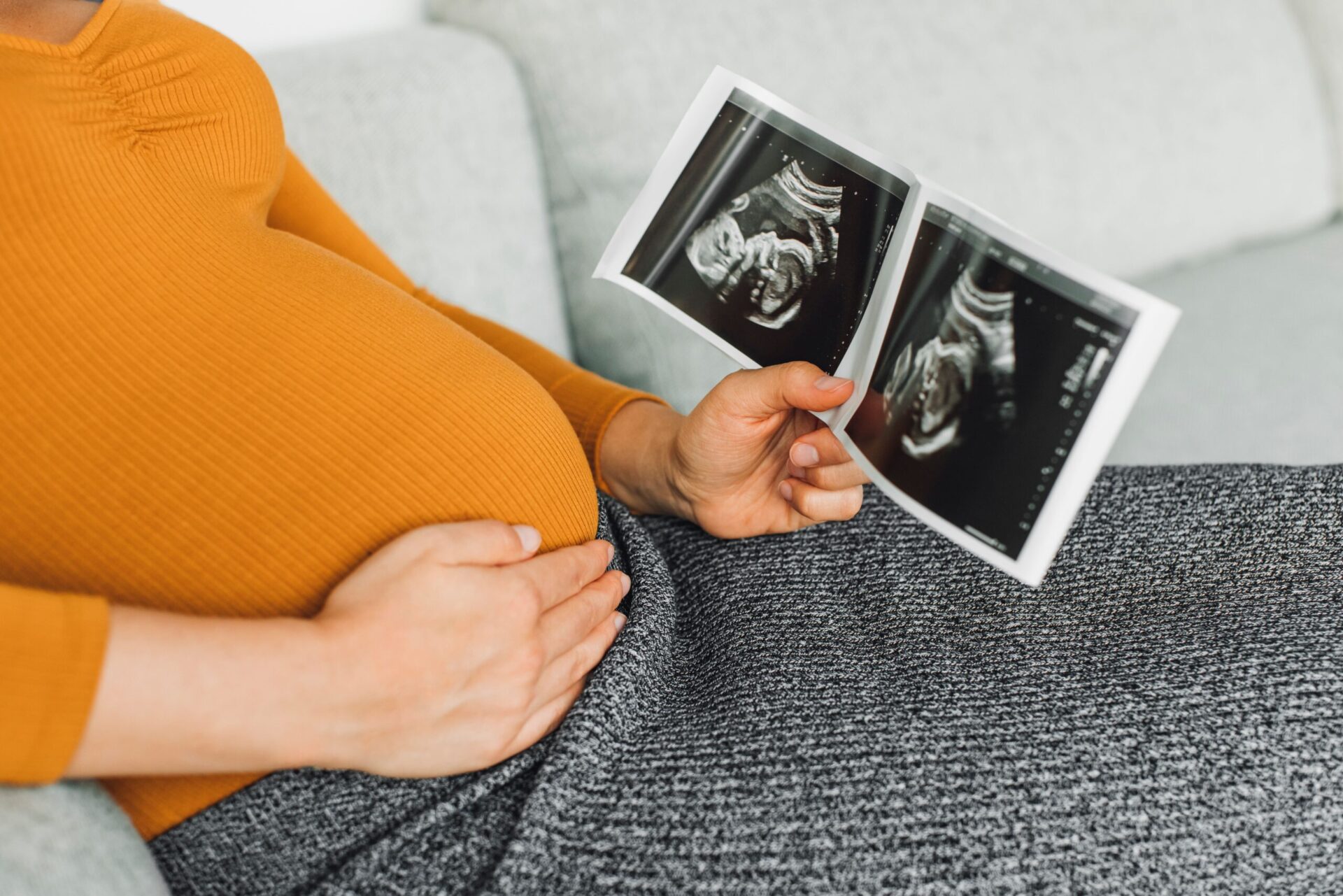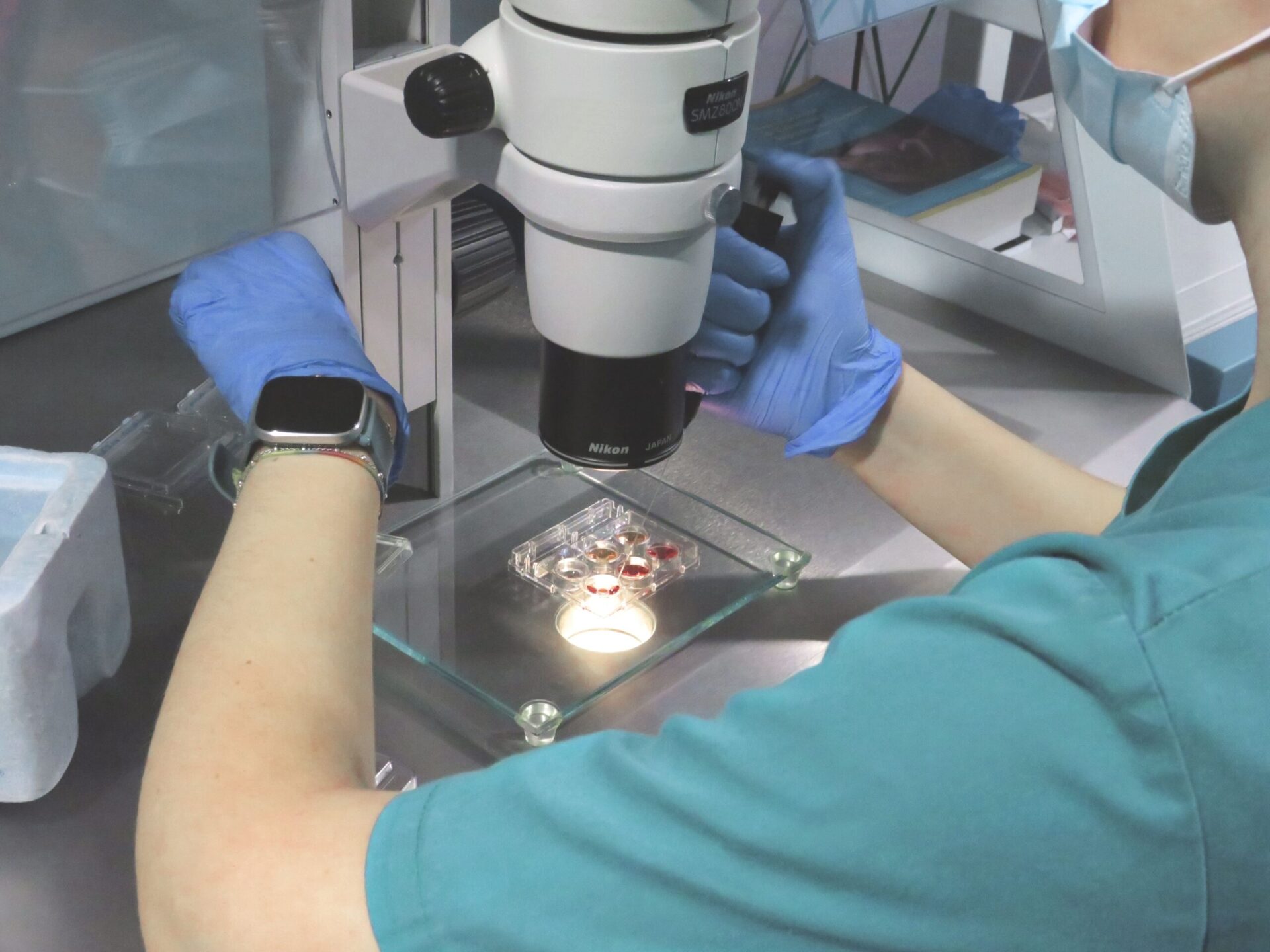Before going into the subject of epigenetics, we must first learn about the transmission of DNA from generation to generation. DNA, or deoxyribonucleic acid, is the material that contains the hereditary information in living organisms. Almost all of a person’s cells will have the same DNA. An important property is that it can replicate itself, that is, make copies of itself and transmit its information to each new cell that is formed in our body.
In humans, our genetics is determined by 23 pairs of chromosomes, each pair of chromosomes will be transmitted from each of our parents, therefore, we are a 50% genetic mixture of our parents. But now we have to ask ourselves, is this the only influence? Are we determined by the information in our DNA sequence? This is where epigenetics comes into play.
To know what epigenetics is, we must first know its definition. It is defined as modifications of DNA without changing its sequence, which can affect gene activity. That is to say, the environment where the DNA of our cells will be expressed can affect both our physical and psychic conformation.
These modifications are known as epigenetic changes and remain as cells divide, even being inherited from generation to generation. Environmental influences, such as a person’s diet, habits, lifestyle and exposure to pollutants, can also affect the epigenome.
Epigenetics and ovodonation
Egg donation is a very common assisted reproduction treatment for elderly women or those with a pathology that prevents them from becoming mothers with their own gametes. This treatment only requires a healthy uterus to be able to carry out a pregnancy. It consists of the use of eggs from young women between 18 and 35 years of age, donated altruistically, voluntarily and anonymously, fertilized with the partner’s or donor’s sperm. Donors are pre-screened and selected according to the physical characteristics of the recipient couple. Once the donor has been selected and assigned, the embryos are created in the laboratory and transferred to the pregnant mother on day five of development, as usual. In an ovodonation process, the genetics of the donor are present, but thanks to the action of epigenetics, a baby will inherit traits and characteristics of the ovodonating mother.
Therefore, in the process of ovodonation, epigenetics influences already during pregnancy, the environment where the fetus will be found can modify the expression of DNA genes. To explain it in another way, all cells will have the same genetic information but which of this information is expressed also depends on the environment in which the organism develops. Although the genetic sequence as such does not undergo alterations, during the nine months of pregnancy the pregnant mother is able to modulate the genetic expression of her future child. This exchange that takes place between the endometrium and the embryo explains why many babies born by ovodonation resemble their mothers. That is to say, if two pregnant women carried the same embryo (same genetic material, although it is a hypothetical case), these would not be identical, each one would have the influence of the mother who gestated it, even modifying the genetic information of the embryo. These changes can be determined, as already mentioned, by the lifestyle of the pregnant mother, her diet, the stress she may experience during pregnancy or the exposure to different contents.
In summary, DNA expression is not the only factor that determines what the baby will be like. The environment in which the baby grows up and the family’s influence on the baby will cause the child to develop characteristics that make him or her even resemble the pregnant mother.





